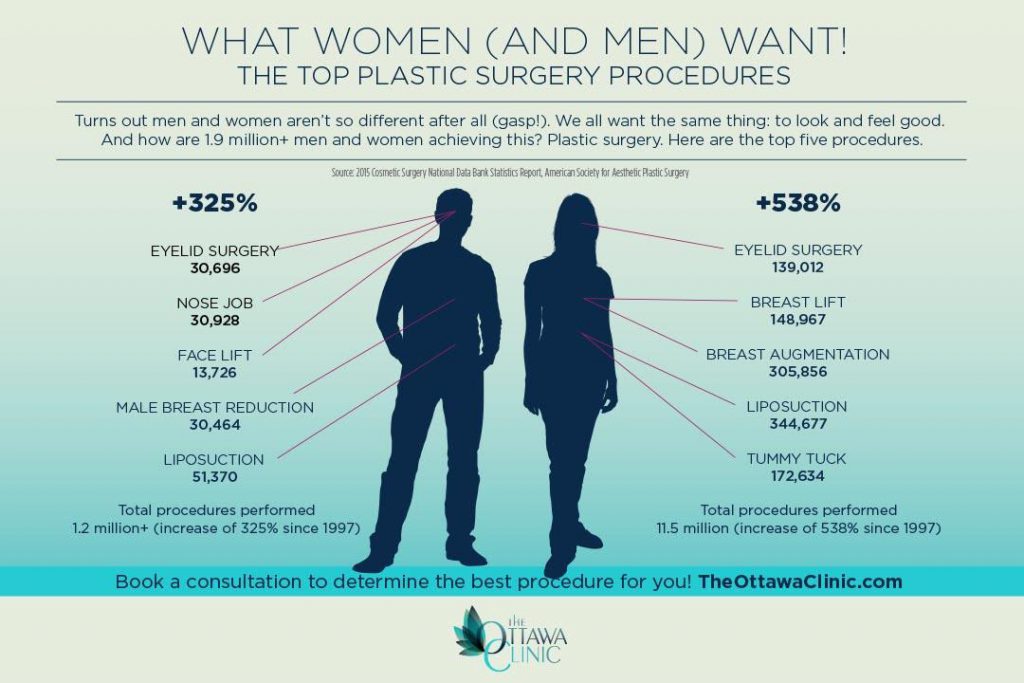Managing Acne With Sensitive Skin
Managing Acne With Sensitive Skin
Blog Article
Acne Scars and Post-Acne Care
Acne scars and dark marks can continue to be also after the blemish itself has gotten rid of. However there are many all-natural, over the counter and medical therapies that can minimize their appearance.
Ice pick scars are small indentations that resemble pinpricks; rolling scars have a wave-like appearance and shallow depth; boxcar scars have clear edges; hypertrophic scars are raised bumps. Treatments include skin needling, where your doctor rolls a needle-studded device over the skin; and surgical excision, when a healthcare professional cuts out deep scars.
1. Exfoliate
Acne scars fade best when they aren't covered with dead skin cells. Exfoliation removes the buildup and allows fresh skin cells to come to the surface area. It additionally makes acne marks much less recognizable.
A skin doctor can advise peeling approaches for your certain skin kind. Dry skin might take advantage of exfoliation with scrubs or other mechanical methods, while oily skin may need a chemical peel. Those with darker complexion require to be mindful utilizing more powerful chemical treatments, as they can cause dark spots and sensitivity.
If you have acne marks, stay clear of selecting or pressing at them, which can make them even worse. Inflammation triggered by irritation increases the chance of scarring. Selecting can leave ice-pick marks, which are slim imprints with a point at the end. You can also obtain boxcar marks, which are imprints with larger edges. You can also create hypertrophic or keloid marks. These are increased bumps of scar tissue that can be scratchy and excruciating.
2. Hydrate
After finishing your acne treatment, keeping skin clear and healthy and balanced calls for a constant skincare regimen that shields from outbreaks and decreases post-acne marks. This includes a mild cleanser and cream, non-comedogenic products that don't obstruct pores, and staying clear of foods that aggravate skin or trigger acne flare-ups.
Using a lightweight, non-comedogenic cream with components like hyaluronic acid and glycerin can assist hydrate skin while additionally enhancing skin structure and promoting recovery. Try to find a product that is formulated without scent or parabens.
A product that targets lingering acne marks with active ingredients such as skin-brightening tranexamic acid and bakuchiol can enhance dark spots or irregular tone triggered by inflammation. It gently resurfaces the skin while smoothing rough and distinctive locations. A product that incorporates a retinoid and a plant-based retinol option can also improve the look of deeper marks while concurrently targeting existing blemishes and preventing future outbreaks.
3. Cover
As soon as your acne marks heal, you can conceal them with makeup and a concealer. Just make certain you're only using the product over marks that are completely healed (not fresh ones), states Sotomayor. Then, complete your look with a vibrant lip shade or statement great smoky eyeshadow for optimal impact.
When it involves selecting a foundation or colored moisturizer, it is necessary to choose one that is noncomedogenic and oil-free. This will assist keep your skin clear and stop the blocking of pores that can bring about new outbreaks.
The exact same goes for choosing a concealer. Look for a formula that uses full insurance coverage but still really feels lightweight and blendable on the skin. Additionally, when covering indentations from acne scars, it's a great concept to locate a shade that matches your natural skin tone (instead of a shade lighter or darker). This will certainly assist hide the indents more effectively. This beneficial balm is an outstanding alternative for brightening and lightening post-inflammatory hyperpigmentation, which can be brought on by acne or other inflammatory skin disease. It consists of moistening panthenol, softening shea butter and enhancing peptides that lower inflammation and iv therapy flaky texture.
4. See Your Skin doctor
The scars that develop from severe acne commonly require treatment by a medical professional or skin specialist. Prior to that can happen, however, a patient should have their acne in control. This includes not choosing or pressing acne spots, and making use of gentle cleansers and water-based non-comedogenic products that will not clog pores.
If drugstore cleansers and place treatments aren't clearing your skin, timetable an appointment with a skin specialist. The skin doctor can recommend various other therapies that help clear your skin without drying it out or bothersome it.
A dermatologist can likewise deal with other type of post-acne marks, consisting of dark spots that are a kind of hyperpigmentation called PIH (post-inflammatory hyperpigmentation). A topical retinoid like adapalene can noticeably lighten these marks and discolor them rapidly. For various other sorts of scars, the physician can recommend an extra intensive treatment. This might consist of microdermabrasion or chemical peels that are done right in the office. Depending upon the extent of your scars, these therapies might need to be repeated.